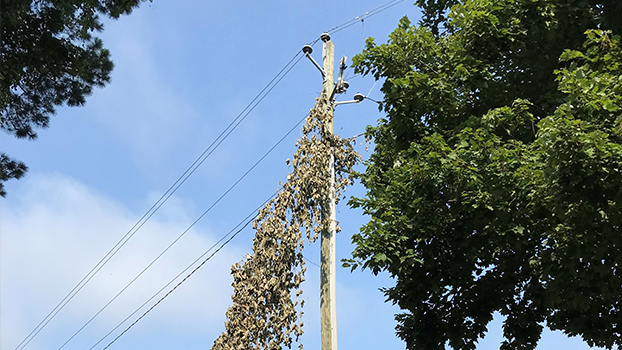Problems and Herbicidal Solutions for Your Integrated Vegetation Management of Forested Utility Rights-of-Way Corridors
Trees and vegetation can become dangerous if growth is left unchecked in forested utility corridors, and unwanted or invasive brush can compete for the resources more desirable, early successional species need to thrive. It’s the duty of utility foresters and arborists to inspect this infrastructure and decide if vines, brush and trees pose a threat. However, a traditional mechanical-only approach means temporary height regulation on the utility rights-of-way floor. Planning and being proactive can result in getting ahead of these safety situations and increased restoration times.
That’s why herbicides are a key part of a successful integrated vegetation management plan for forests.
For decades, foresters have trusted Envu brands and relied on us for new innovations. So we’ve addressed four problems you might encounter and some of our possible solutions.





